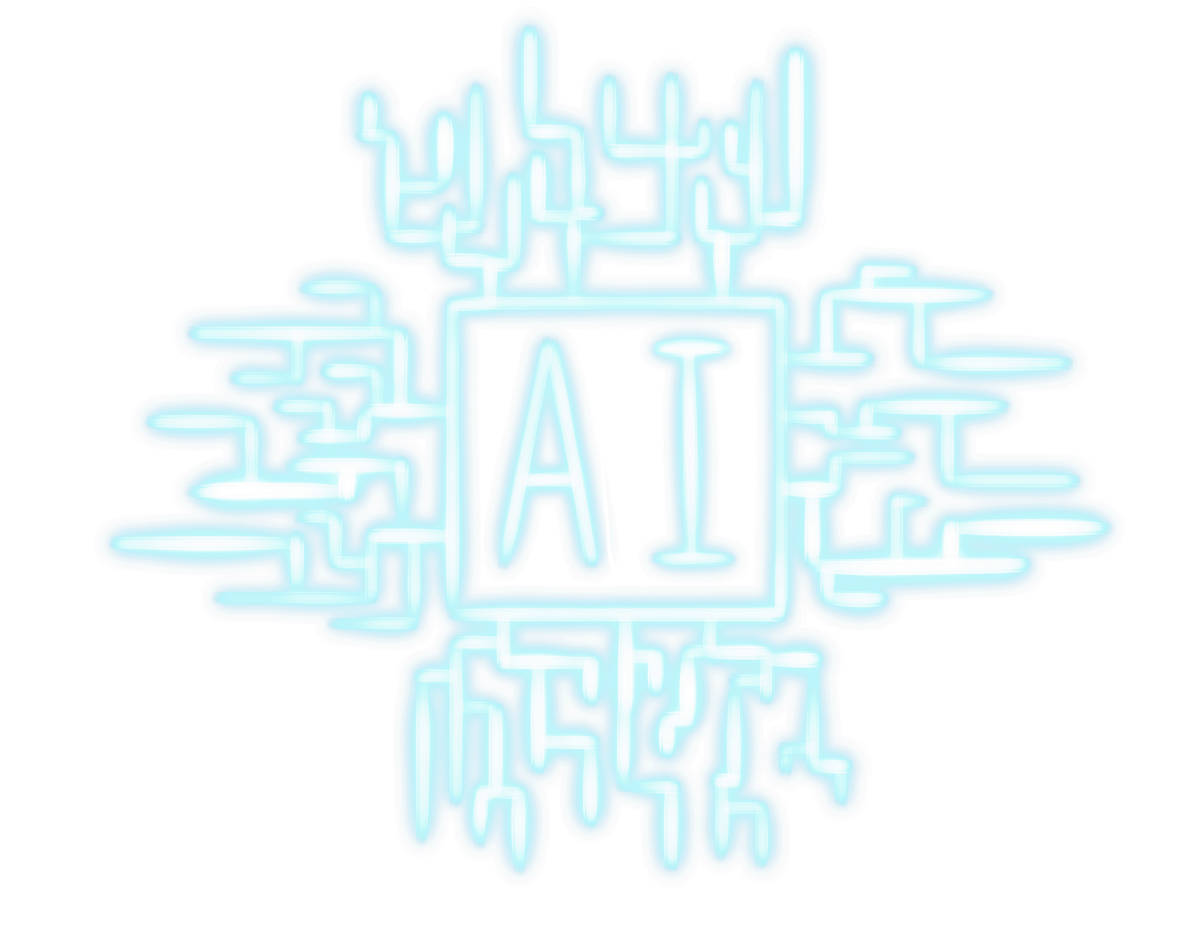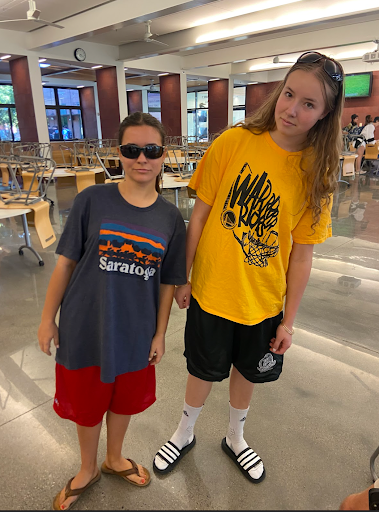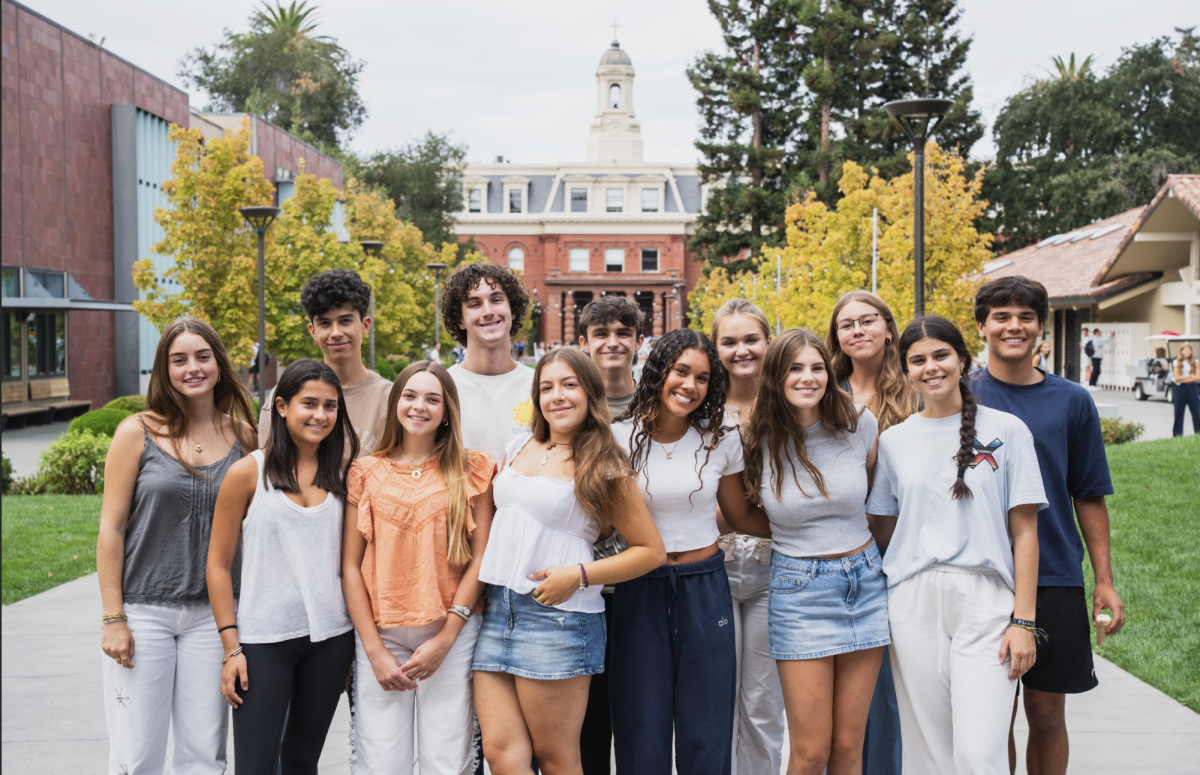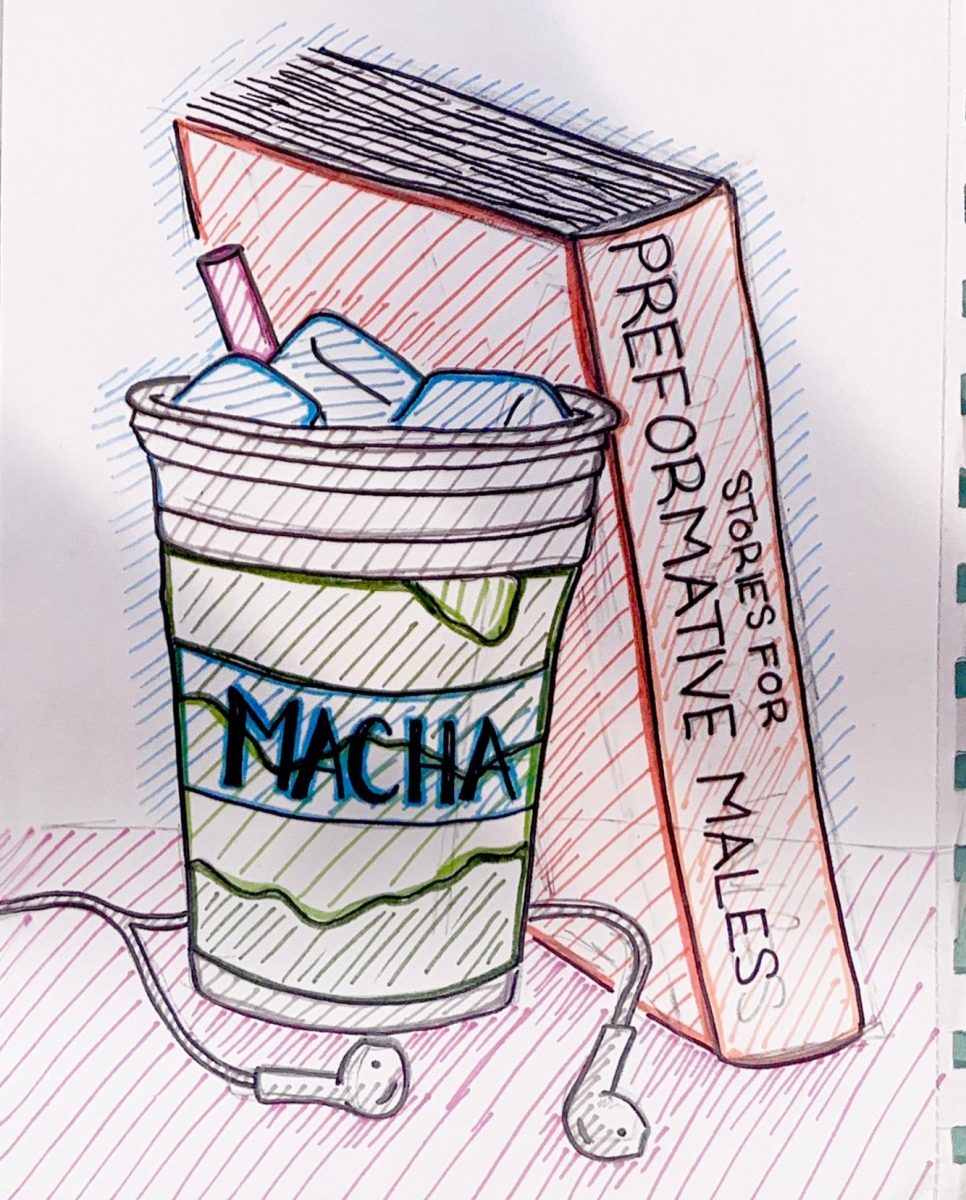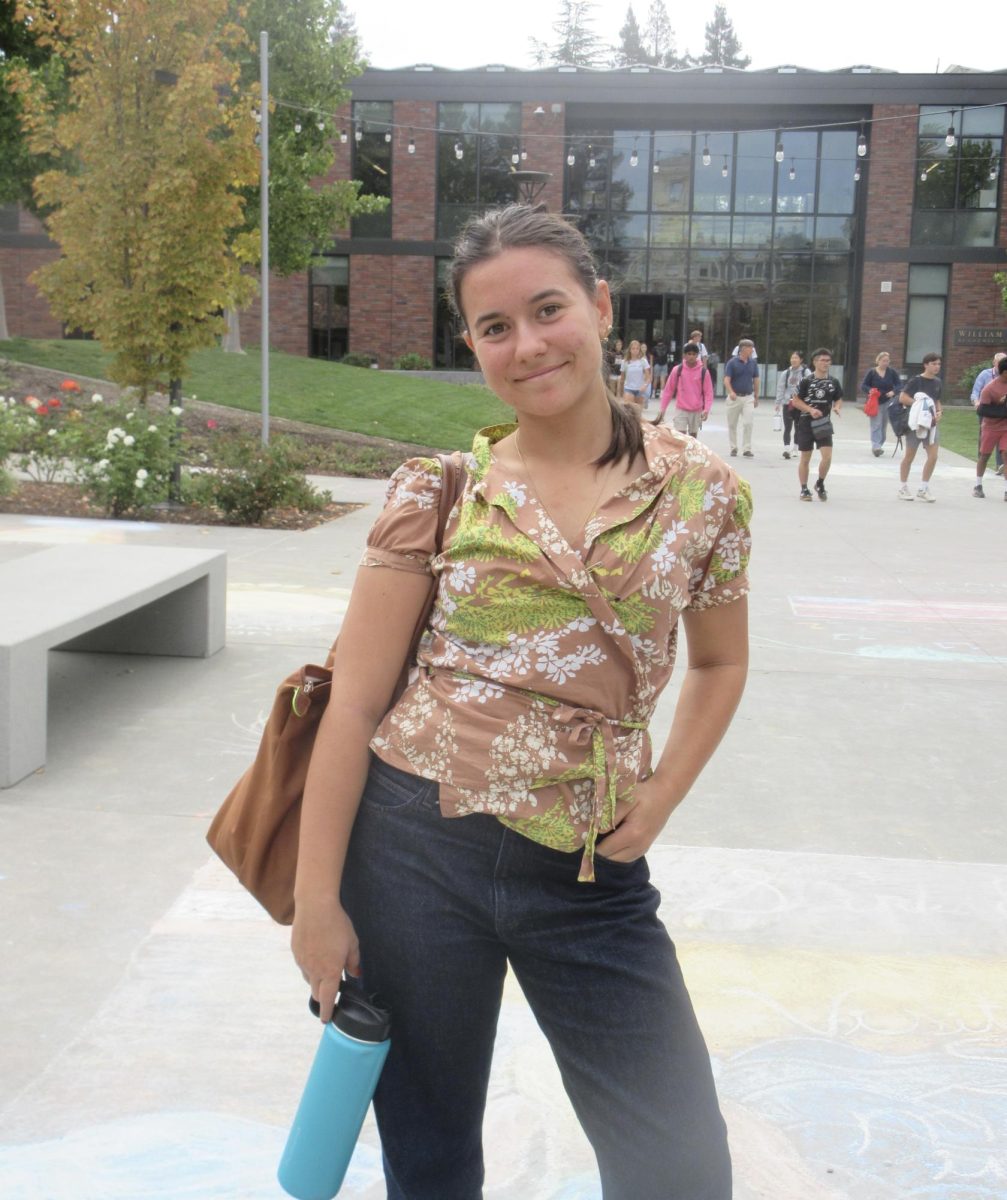The deans have been implementing anti-AI policies due to an epidemic of academic dishonesty, but Mr. Moffat is choosing to bring students’ opinions into the conversation. At one of our first school gatherings, the English department left a lasting impression on students when they did a text explosion on Shel Silverstein’s Poem “The Homework Machine.” This fantastical homework machine was a predecessor to Chat GPT and other AI sources that can complete your homework “as clean as can be” and “in ten seconds time.” This production of passing the mic around and analyzing this children’s poem was all to announce a new initiative: weekly Y-Period discussions on artificial intelligence. This goal is to begin a dialogue about the potential that AI can be a tool in the classroom, not just a villanized cheatsheet.
AI in school:
The schools AI policy is expressed in the near 100 page student handbook as follows: “Using unauthorized resources, such as AI (artificial intelligence) technology, also constitutes a violation of academic honesty” (section 19.2). Academic dishonesty is grounds for dismissal, so clearly the administration discourages the use of AI in the classroom. But pay special attention to the word “unauthorized”. What if AI was authorized for use? There is no debate that artificial intelligence is a powerful entity, but there is a fine line between acceptable and unethical uses of it.
AI in social media:
While the use of AI feels ominous and restricted in a classroom setting, its presence on social media makes it impossible to ignore. TikTok and Instagram, in particular, are flooded with AI-generated videos; some are funny, some are calming, but others are worryingly deceptive.
AI videos on social media evolved from cartoon depictions of silly objects, like Italian brainrot, to uncanny videos of animals doing something unfathomable. While these videos are harmless, it can be alarming at how believable they are. Sofia Toyos, ‘26, admitted, “Yes, one time there was a video of bunnies jumping on a trampoline, and I thought it was real until I was told it was AI.” This funny video didn’t just trick one person. The 8 second clip has made national news and has over 25 million likes. Even though this video is wholesome, not all of AI is. Deepfakes, a picture or video in which a person’s body, face, or voice has been altered to something that isn’t real, are dangerous and becoming more prevalent. The intent behind these videos are often malicious and can quite literally ruin someone’s life, especially with the strong cancel culture.
So where should the line be drawn? Is a trampoline full of AI bunnies just harmless fun, or a slippery slope toward believing anything you see online? Maybe both. What’s clear is that as AI gets smarter, we’ll need to get smarter, too. Asking tougher questions and staying critical. If you have any questions or comments, the Y period seminar is a great place to start, especially since the administration chose to unblock AI on the school wifi.


